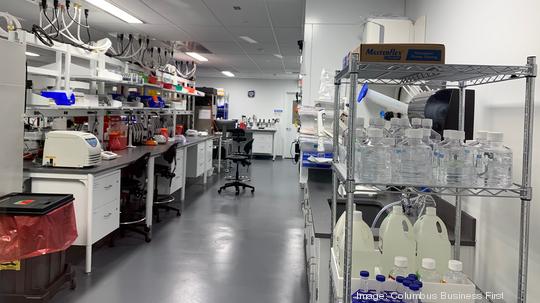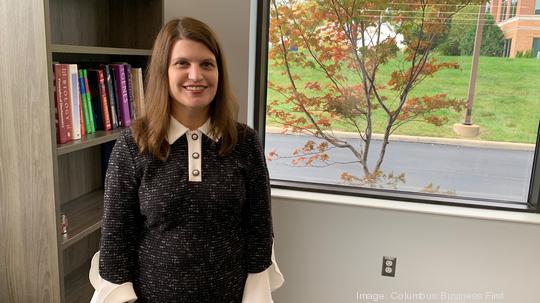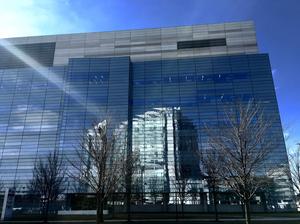
If approved, a gene therapy for a fatal form of muscular dystrophy could generate $4 billion in sales annually, according to the biopharmaceutical company that licenses the technology from Nationwide Children's Hospital.
Sarepta Therapeutics Inc. will learn by the end of May if the the U.S. Food and Drug Administration approves or rejects its treatment for Duchenne muscular dystrophy.
Named SRP-9001 for now, the therapy could launch as early by this summer if it gets the nod – but even if it happens early next year, the Boston-area biotech would swing to profitability in 2024, CEO Doug Ingram told investors earlier this month.
"A promise to translate brilliant science to life-altering, life-changing therapies – not at some distant vanishing point in the future," Ingram said in a recorded presentation. "Patients can actually benefit from that science now."
Throughout his remarks at the J.P. Morgan Healthcare Conference in San Francisco, Ingram praised the co-inventors who did their work at Children's Wexner Research Institute. Louise Rodino-Klapac, now Sarepta's Columbus-based executive vice president, chief scientific officer and head of R&D, developed the concept for the treatment with the hospital's Dr. Jerry Mendell, who treats children with neuromuscular disorders and heads the clinical trials.
The Duchenne therapy is one of eight gene therapies the Cambridge, Massachusetts-based biotech licenses from Children's, from which it hired Rodino-Klapac in 2018. The next year, it acquired hospital spinoff Myonexus Therapeutics Inc., which was developing other muscular dystrophy therapies invented by Rodino-Klapac – also that company's chief science officer.
If approved, it would be the second therapy from the Columbus institution to hit the market.
Sarepta opened its main corporate R&D laboratory in 85,000 square feet at 4201 Easton Commons in 2021, expanding last year into another 18,000 square feet. Overall it has the option to take up 140,000 square feet. The aim is 240 employees by 2026.
The company applied for FDA approval of the Duchenne therapy in September, and was granted "priority review" status two months later.

Duchenne is among the most common fatal genetic disorders, occurring almost exclusively in boys, who gradually lose muscle function and typically dying by age 30. It is diagnosed in one out of every 3,500 to 5,000 newborn males worldwide.
"They’ll die usually in their late teens or early 20s," Ingram said in the JPM presentation.
The trouble is the gene that's missing in Duchenne is too big to fit in the modified virus that most gene therapies use to deliver the DNA to the patient's cells.
More than a decade ago, Ingram said, Rodino-Klapac and Mendell were inspired by the case of one patient who had a nearly asymptomatic type of muscular dystrophy. They determined that a portion of the missing gene – enough for the body to make "micro-dystrophin," a small but functioning version of the deficient protein – could be effective. The pair then worked to determine the ideal formulation and the genetic "cassette" that would encode that portion of the protein.
The first patient received a dose in 2018, and more than 100 children have been enrolled in the trial, Ingram said.
Results so far are "compelling to say the least," he said.
Microscopic slides of muscle fibers of one patient show a lattice of the protective protein – barely visible before treatment – that looks almost identical to that of someone without MD. Patients who were treated four years ago are doing better on functional measures of movement as well, Ingram said, compared with the "ferocious decline" in mobility that usually takes place.
Sarepta has three approved treatments on the market that generate about $1 billion in sales a year. The Duchenne therapy could peak at $4 billion annually, Ingram said, but the cost is "far less than its objective value to the patient population."
"We have an enormous amount of work to do in a short period of time," he said. "There is no team better prepared to launch and serve the Duchenne community than Sarepta."






